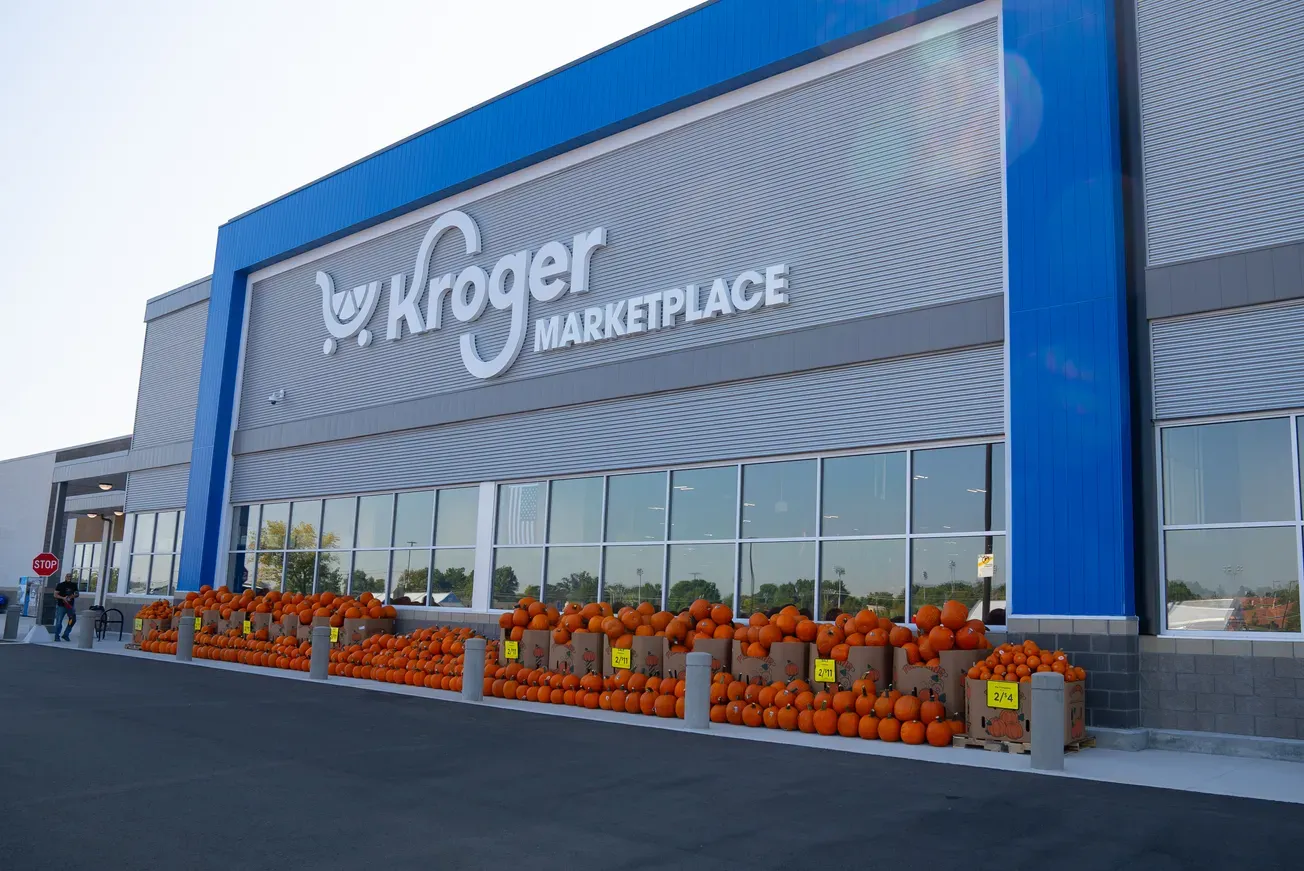
Joan Driggs
Significant winter storms; heavy snow accumulation; hazardous cold; record rainfalls. About the only soft spot for much of the country this winter has been the low incidence of flu.
The IRI Illness Tracking solution, which maps the progress of six common ailments — including flu, respiratory ailments and seasonal allergies — indicates that the traditional flu season is creeping up into fall and lasting until late spring.
Though they have often started in mid-January, more recently flu seasons have been flaring in early December, with solid reports of flu in early November. Overall, the total number of U.S. cases in 2018-2019 is down by more than half, 56.7%, compared to the 2017-2018 season.
The Centers for Disease Control and Prevention (CDC) recommends that people get a flu vaccine before the end of October. But vaccines should be available in September, and it could take a few weeks to build up immunity.
The flu peaked in early February, but the season is not over. The influenza season of 2016 is a cautionary flag, as it peaked in mid-March with nearly 4.5 million sufferers. That pales in comparison to last year’s 6 million reported incidents in early February, a high in recent memory.
(click to enlarge)
Geographies with high incidence are especially important to retailers, as many consumer packaged goods and over-the-counter categories are highly correlated with influenza, and marketers potentially have a great opportunity to support customers by addressing all flu-related needs.
Retailers should start with an understanding of the types of products — such as cough and cold remedies — shoppers seek to alleviate flu symptoms. Equally important are products that are frequently purchased for emotional or physical comfort, such as soup and tissues. Such products are potential out-of-stocks and will vary in type with location and outlet type. Using location-based sales data is a good start in preparing for what sells in a specific geography.
Think outside the planogram
Desperate shoppers shouldn’t be burdened by a retailer’s planogram. Products that typically need few SKUs for most of the year may experience a short window of high demand.
Shippers and solution-based merchandising are strategies for showcasing such products as thermometers or humidifiers. Similarly, the smaller pack sizes of such products as tissues and cough drops are welcome additions to checkstands or front-end merchandiser “care package” solutions.
While the youngest and oldest in a population are usually considered to be at the greatest risk of flu, data indicate that those ages 20 to 49, a cohort that has been identified as an illness age group by the CDC and includes the Millennial population, have been the hardest hit this season. Millennials signal interesting marketing opportunities, especially via social media and location-based mobile alerts to frequent-shopper participants.
(click to enlarge)
The flu will be back
Even if it’s hard to predict where the flu will hit hardest, annual sales data is always a good place to start. Chain retailers should have a plan for shifting inventory throughout the season.
While the CDC reports that flu vaccines were up for both adults and children as of mid-December 2018, fewer than half the population receives a flu vaccine each year. IRI research supports this, with 49% of consumers indicating in early November that they had received or “would definitely receive” a flu shot. An additional 13% “would probably” receive a shot, and 20% would not get a shot. With such a large percentage of the population not taking the precautionary step, retailers have a lot to plan for with the next season. Flu-stricken shoppers are already miserable; they shouldn’t have to weather out-of-stocks as well.
Joan Driggs is vice president of content and thought leadership for IRI. She has more than 30 years’ trade journalism and market research experience.




